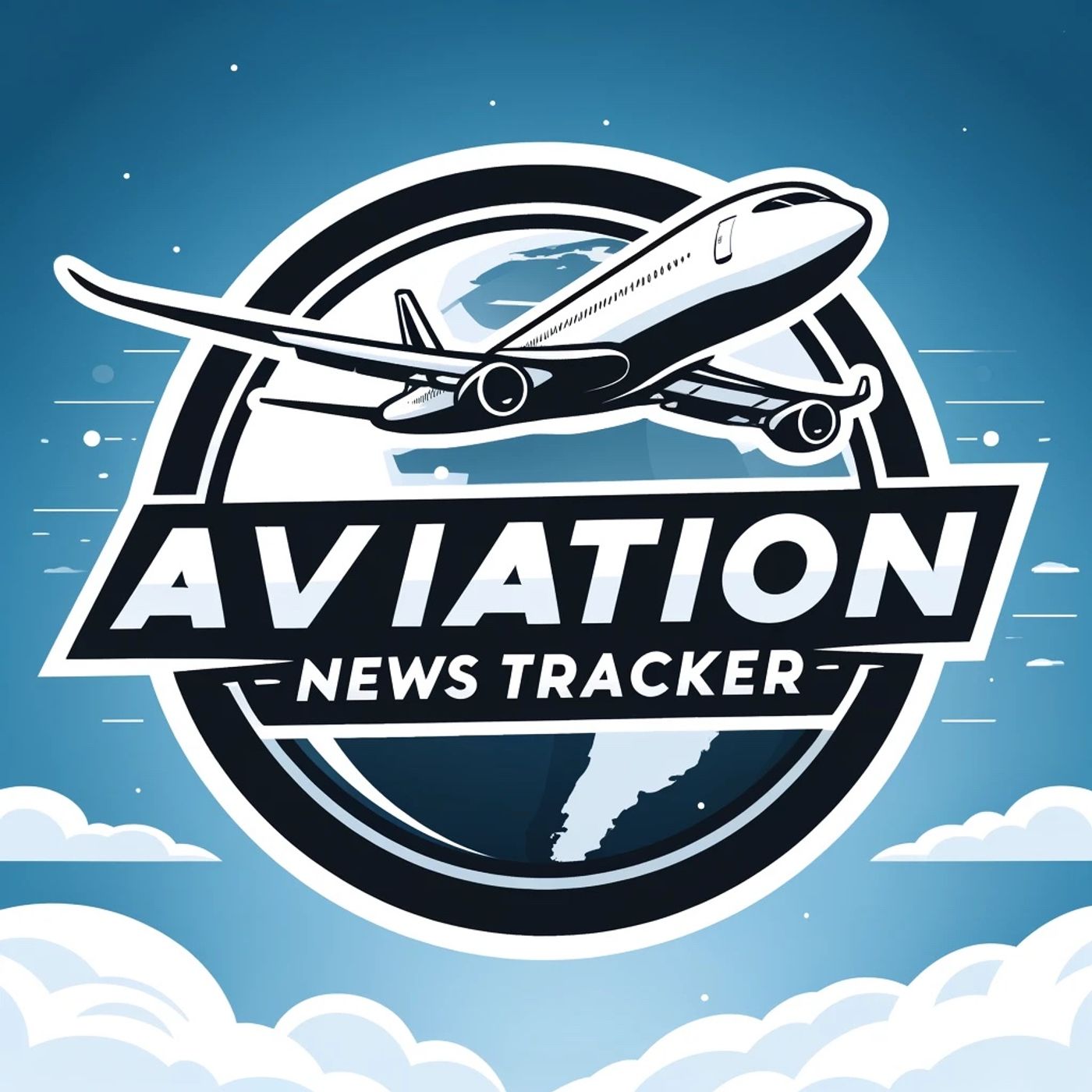FAA Streamlines Air Traffic Controller Training, Boosts Urban Air Mobility with Toyota's Joby Investment
Description
The Federal Aviation Administration (FAA) has recently undertaken a significant shift in its approach to training Air Traffic Controllers (ATCs), allowing graduates from two designated colleges the opportunity to bypass traditional entry-level training. This decision is part of the FAA's broader strategy to streamline ATC integration and ensure efficient handling of airspace traffic management. By enabling direct integration of qualified graduates into the workforce, the FAA aims to address any potential shortages in ATC staffing and maintain high standards in air safety and control procedures.
Further harnessing the synergy between education and aviation industry demand, the FAA is also actively encouraging more institutions to participate in this initiative. This development is expected to spur enhancements in the educational curriculum related to aviation, aligning more closely with practical, real-world air traffic control demands.
In the private sector, Toyota's strategic investment of $500 million in Joby Aviation underscores the auto giant's commitment to future mobility solutions, particularly in the burgeoning field of air taxis and urban air mobility ecosystems. This sizable investment is aimed at accelerating the development and commercialization of Joby's electric vertical takeoff and landing (eVTOL) aircraft, which represents a new frontier in reducing urban congestion and offering innovative transportation modalities.
Meanwhile, the aviation community continues to demonstrate its spirit of camaraderie and support, responding proactively to societal needs. Noteworthy is the collective action of general aviation groups who have stepped up to provide aid to hurricane victims. This initiative showcases the pivotal role that aviation plays in disaster relief efforts, highlighting the sector's capacity not only for transportation but also as a vital contributor to humanitarian assistance.
In other historical celebratory news, a World War II Naval ace recently took to the skies again, showcasing a touching blend of historical reminiscence and aviation enthusiasm. Such events serve to bridge generational gaps, honoring past achievements while fueling contemporary interest and passion in the field of aviation.
Additionally, aviation industry stalwart Textron has made headlines after reversing its decision to miss out on this year’s National Business Aviation Association (NBAA) meeting. The change was largely attributed to the feedback and influence of Textron’s clientele, illustrating the dynamic and responsive nature of business practices in the aviation sector.
These diverse developments in the aviation industry, from regulatory changes and corporate investments to community involvement and historical commemorations, illustrate a dynamic landscape where past and future are intricately interwoven, driven by technological advancements, strategic collaborations, and a continuous commitment to both heritage and progressive innovation.
More Episodes
The aviation industry is experiencing a significant recovery in 2024, following years of disruption caused by the COVID-19 pandemic. According to the International Air Transport Association (IATA), net profits are expected to reach $25.7 billion in 2024, a 2.7% net profit margin, with total...
Published 11/24/24
Published 11/24/24
The aviation industry is experiencing a significant recovery in 2024, following years of disruption caused by the COVID-19 pandemic. According to the International Air Transport Association (IATA), net profits are expected to reach $25.7 billion in 2024, with a 2.7% net profit margin[1]. This...
Published 11/22/24


